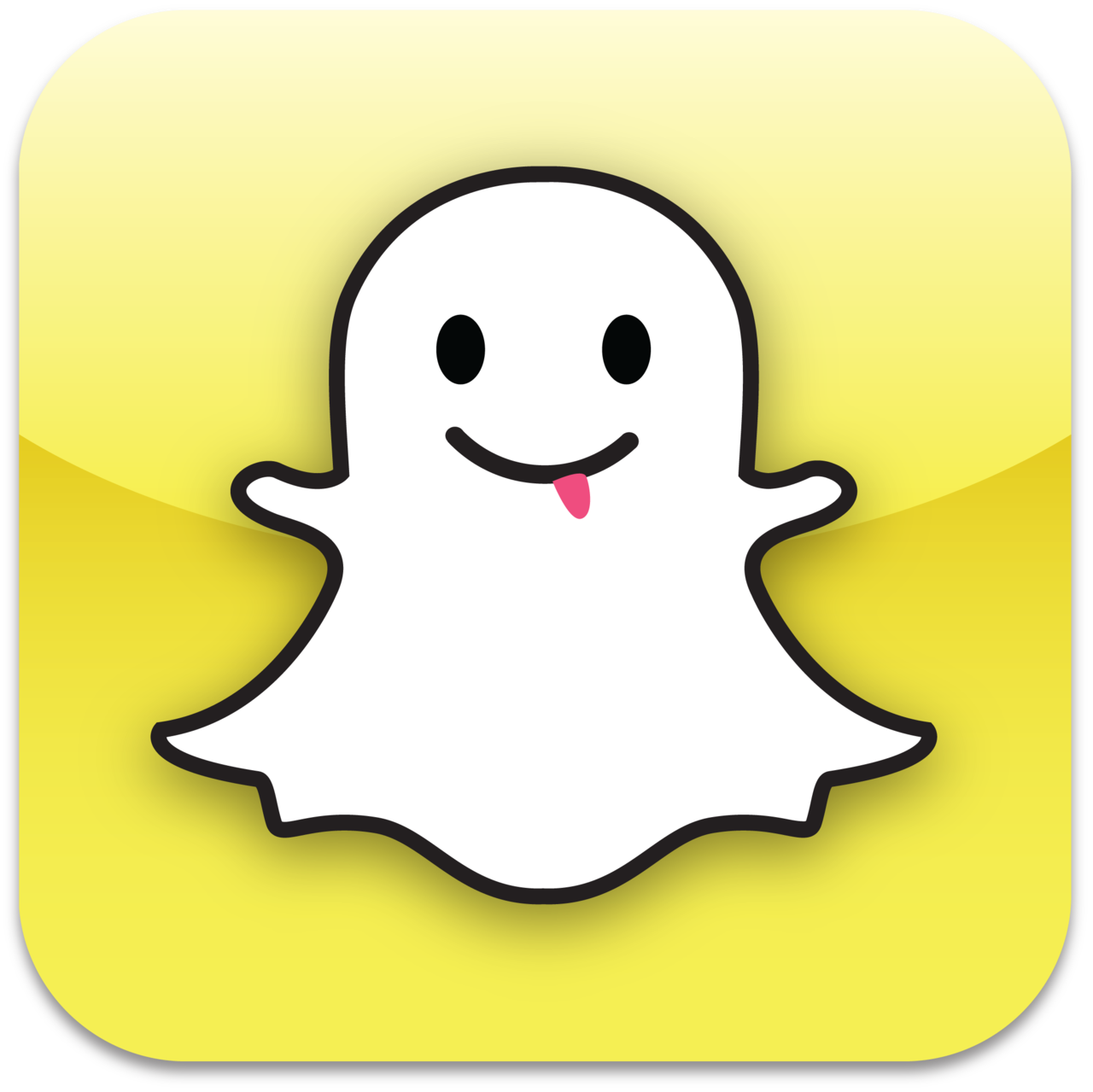Remember when social network was just a euphemism for Facebook? Nowadays, it seems like there is a new one floating around every month. Sage advice dictates that most brands choose 1-3 social media networks to concentrate as to not spread themselves (and their messaging) thin. But with so many to choose from; many brands are asking themselves, “what’s the next big social network?”
The short answer is….there isn’t one. Facebook was a Goliath for a very long time, but it has been declining in popularity for the past few years, particularly for the youngest generations. Gone are the days when maintaining a robust Facebook page and adding fresh content to it daily was the pinnacle of social media management and with a little extra effort you could feasibly manage a presence on every existing social network.
Now, marketers have a wealth of social networks to choose from and unless you have a full time social media team (with multiple people) dedicated to each and every single one, you’re nearly guaranteed to fall short of meaningful engagement across all the networks.
Each newer social network performs a different function and serves a different audience and it makes sense to familiarize your self with each before diving in headfirst. Here’s our cheat sheet to some of the more popular “secondary” social networks outside of Facebook and Twitter and the best way to utilize each for marketing your brand.
Instagram ![Instagram]()
Owned by Facebook, this photo sharing site, allows users to post images and edit those images through several filters. Brands can utilize hashtags which turns any term into a searchable item. Best used by retail, crafters, artists, and any industry with a heavily visual focus. Users are mostly 18-29 year olds.
LinkedIn ![linkedin]()
This is the Facebook of the professional world. Used mainly to identify and encourage professional relationships and parterships, LinkedIn is a wonderful tool for brands with a B2B focus. With the release of its publishing platform capabilities, LinkedIn is also an excellent venue to showcase your personal brand. As a matter of fact, it’s crucial. Demographics skew heavily to the professional & corporate world, regardless of age.
Pinterest ![Pinterest-icon]()
Pinterest is like a virtual cork board, allowing users to “pin” items that interest them to different “boards.” Pinterest users tend to be overwhelmingly female with the largest age bracket being 25-35 years old. Like Instagram, content that gets the most shares on Pinterest is aesthetically pleasing and contains (or links to) useful information. Check out Ashworth’s own tips for organizing your brand’s Pinterest boards.
SnapChat

Vine ![Vine]()
Owned by Twitter (and hashtag compatible), Vine allows users to create and upload 6-second videos that play on loop. Most Vine users are teens, and most videos uploaded are silly (aka teen) humor. There’s not a ton of meaningful content being shared on this network; it’s really utilized strictly for entertainment purposes, which is a great thing because brands can really unleash their quirky side in 6 second bursts. Last Summer, Honda asked users to use the hashtag #NeedANewCar to explain why they hated their current car with the promise of getting a direct response from an actual Honda employee responding to their concerns
When choosing which network makes sense for your brand, consider your product and your audience. If you’re running a funeral home, you’re probably not going to want to make funny 6 second videos on Vine, but you may want to make professional connections with the administrators of nursing homes on LinkedIn. Once you choose which network(s) to leverage a presence on, become familiar with it and utilize your existing “likes” and “followers” on your existing social accounts to find new followers and users on your newest additions. Happy networking!



